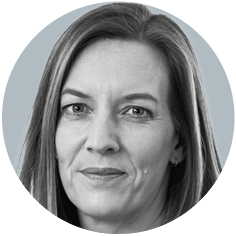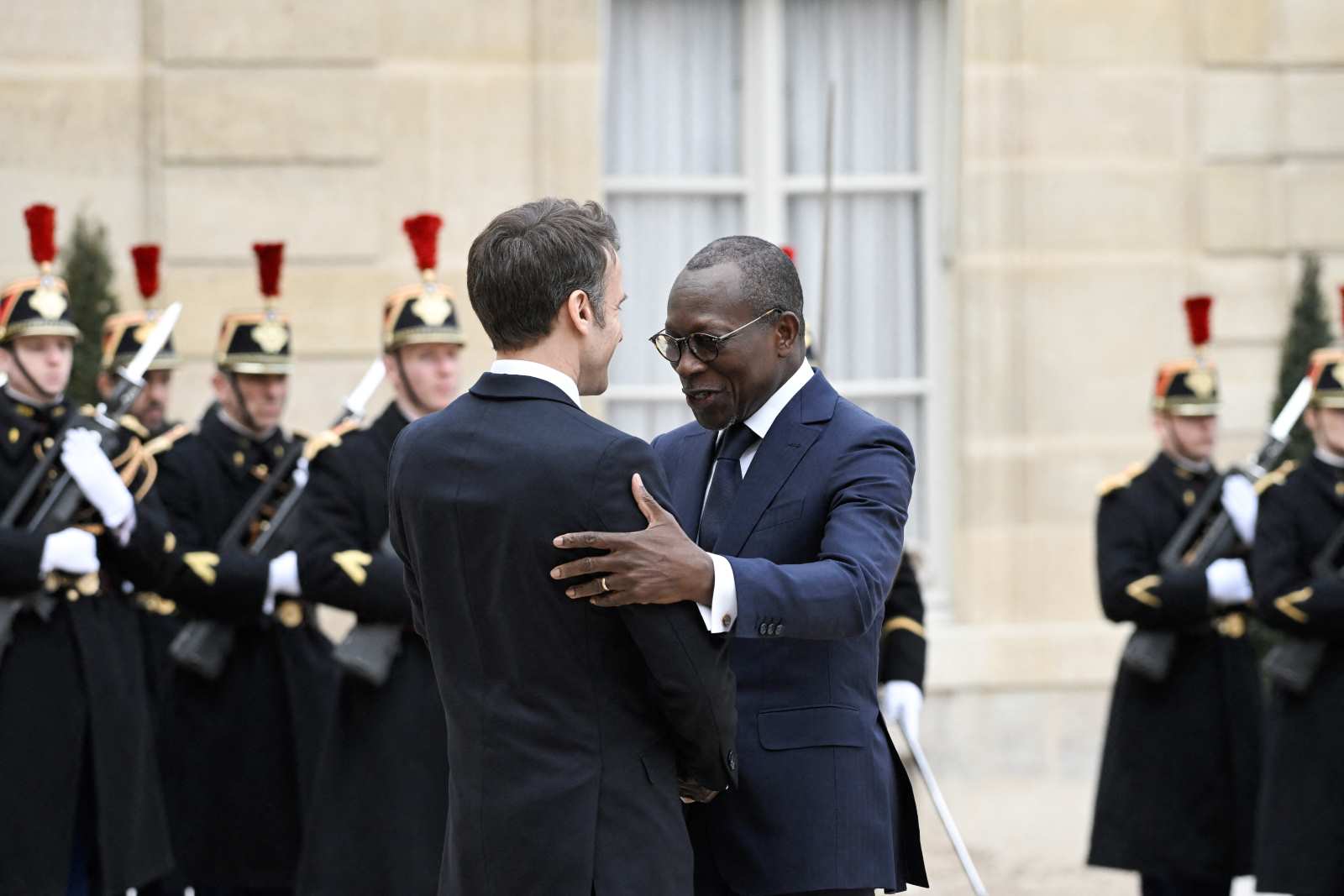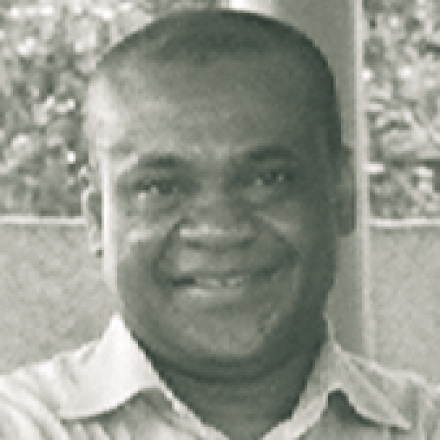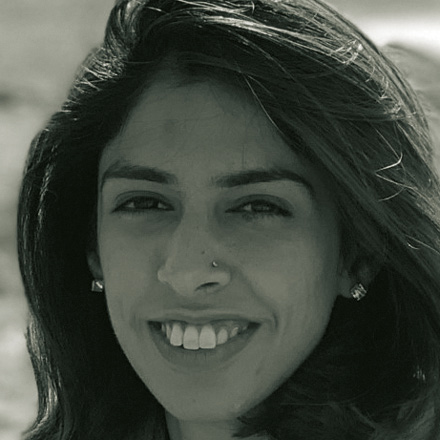Corruption Perceptions Index
Populism boosting corruption
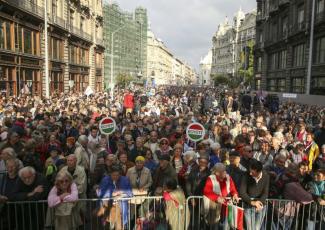
TI’s annual Corruption Perceptions Index (CPI) is the most important corruption measuring instrument, although it does not target corruption itself but the perception of corruption in the public sector only (see comment). The recently published index for 2016 includes 176 countries and territories. One finding is that corruption and inequality feed of each other, creating a vicious circle of corruption, unequal distribution of power and unequal distribution of wealth.
TI research director Finn Heinrich compared the CPI with two indices calculated by the Bertelsmann Foundation: the Social Inclusion Index for OECD countries and the Welfare Regime indicator for the rest of the world. He states: “The data show a strong correlation between corruption and social exclusion.”
For example, Mexico scores low in the CPI and in the Social Inclusion Index, indicating both rampant corruption and a high number of marginalised and excluded people. Denmark, on the other hand, tops the CPI and also performs well on the Social Inclusion Index. Correlation does not necessarily mean causation though. A country’s level of development could determine both, for example. However, Heinrich’s research indicates that social inequality influences corruption much more than GDP per capita does.
While the finding is not new, Heinrich points to the fact that two very different political forces are currently making it a core element of their campaigns. One is the global movement against inequality headed by NGOs such as Oxfam, while the other is exemplified by populist politicians such as US-President Donald Trump, Poland’s former Prime Minister Jaroslaw Kascynski and French presidential candidate Marine Le Pen. Heinrich points out that the populists regularly complain about “corrupt elites”, interested only in enriching themselves and their supporters, and claim to defend the marginalised people.
The populists, however, lack any intention to tackle the problem seriously. On the contrary, populist governments often increase corruption, the author writes, citing India, Italy, Slovakia and Hungary as examples. In the case of Trump, Heinrich sees first signs for a “betrayal of his promises”. Turkey and Hungary have declined on the CPI since the election of populist leaders, Argentina, which ousted a populist government, has risen in the ranking.
To break the vicious circle between populism and inequality, TI urges governments to
- stop the revolving door between business leaders and high-ranking government positions,
- hold the corrupt to account rather than letting corrupt officials hide behind political immunity,
- enforce greater controls on banks, sellers of luxury goods, lawyers and real-estate agents who help launder corrupt money and
- outlaw the use of secret companies that hide the identity of the real owners.
The overall finding of this year’s CPI is worrisome. The index figures have been deteriorating for more countries than improving. “Not a single country comes close to top marks, while over 120 countries score below 50 on the scale of 0 (highly corrupt) to 100 (very clean),” TI states. The country that dropped most sharply in the ranking was Qatar, whereas Afghanistan, a perennial fixture near the bottom of the list, improved the most.
